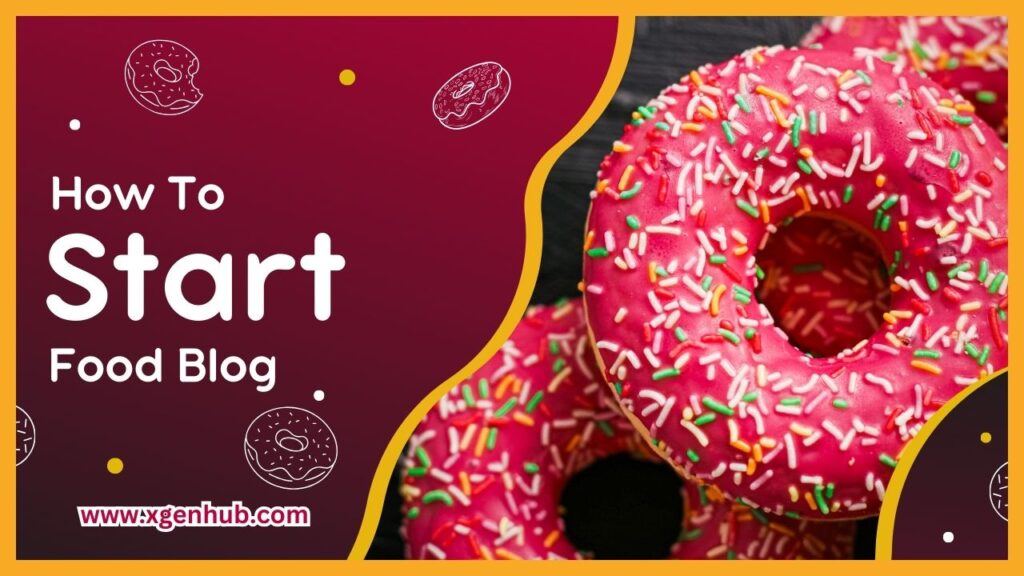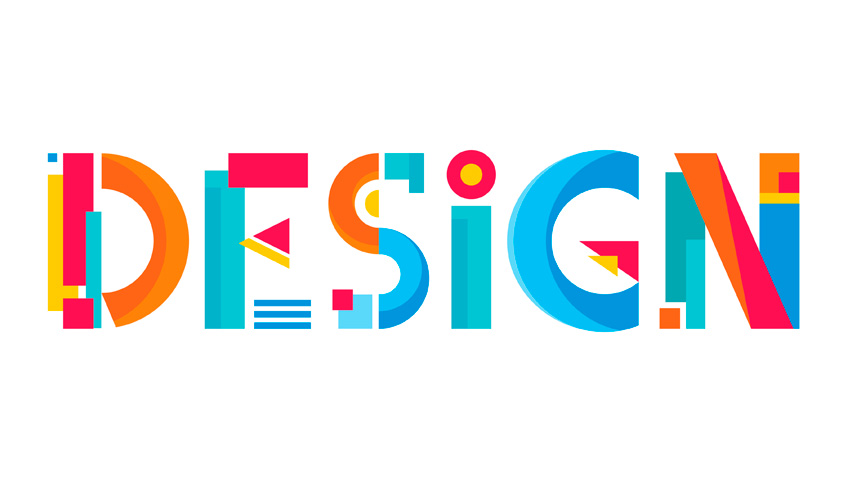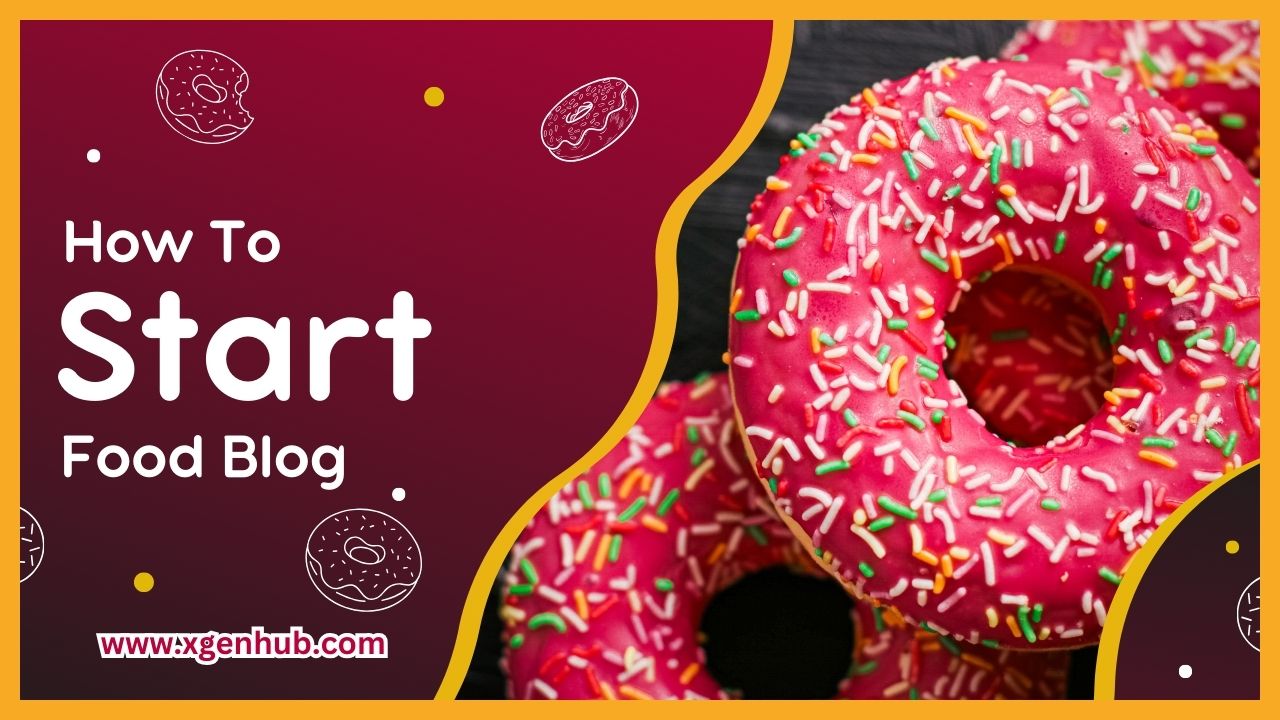Hey I’m Inzamul, Welcome to my article How To Start A Food Blog
Starting a food blog is a great way to share your passion for cooking, explore new recipes, and connect with others who love food as much as you do. Whether you want to turn your blog into a business or just have fun writing about your culinary adventures, following these steps will help you get started on the right track.
Rise to Online Success! Watch Our Exclusive Video for FREE and Start Earning Today!

1. Define Your Niche and Brand Identity
Starting a food blog begins with understanding your unique angle. Consider the following:

- Niche: Decide what aspect of food you want to focus on. Are you passionate about baking, vegan cuisine, regional dishes, or global flavors?
- Audience: Understand your target readers. Who are they? What are their preferences? Tailor your content to resonate with them.
- Your Story: Share your personal connection to food. Why are you passionate about it? What makes your perspective valuable?
Brand Identity and Niche Branding are crucial aspects of establishing a successful business. Let’s dive into each of them:
Rise to Online Success! Watch Our Exclusive Video for FREE and Start Earning Today!
- Brand Identity:
- What is it? Brand identity encompasses the physical and digital elements that represent your brand. These elements create a consistent and recognizable image for your business.
- Why is it important? A strong brand identity:
- Builds trust with customers.
- Increases perceived value of your product or service.
- Encourages brand loyalty.
- Key Elements of Brand Identity:
- Logo: Your visual symbol that embodies your brand.
- Color Palette: Consistent colors that evoke specific emotions.
- Typography: Fonts used in your branding materials.
- Tagline/Slogan: A memorable phrase that captures your brand essence.
- Mascot (if applicable): A character associated with your brand.
- Jingles (if applicable): Catchy tunes or sounds.
- Brand Guidelines: Rules for consistent representation across channels and assets.
- Niche Branding:
- What is it? Niche branding involves creating a brand identity that resonates with a specific target audience. It’s about focusing on a particular area and connecting deeply with a specific group of people.
- How to Define Your Niche Branding:
- Define Your Target Market:
- Who is your ideal customer?
- What are their demographics (age, gender, location)?
- What are their interests and needs?
- Create a Buyer Persona:
- Develop a semi-fictional character representing your ideal customer.
- Understand their motivations for doing business with you.
- Craft a Laser-Focused Brand Identity:
- Position your brand to resonate with your target audience.
- Be specific and authentic.
- Differentiate yourself from competitors.
- Define Your Target Market:
Remember, both brand identity and niche branding are about creating a lasting impression. Your brand should evoke emotions, build trust, and stand out in a crowded market. 🌟
2. Choose Your Domain Name and Hosting
Your domain name is your blog’s address on the internet. Here’s how to secure it:
Rise to Online Success! Watch Our Exclusive Video for FREE and Start Earning Today!
- Domain Name: Brainstorm a memorable and relevant domain name. Keep it concise and easy to spell.
- Hosting Provider: Choose a reliable hosting service. Some popular options include:
- Host Ai – Unlimited Websites and Domains One-Time Fee!
- Wix: Offers a user-friendly drag-and-drop editor and e-commerce features.
- Bluehost: Known for its affordability and reliability.
- Squarespace: Provides beautiful templates and an intuitive platform.
3. Design and Build Your Blog
Your blog’s design plays a crucial role in attracting and retaining readers. Follow these steps:

- Templates: Use pre-designed templates to create a visually appealing website.
- Layout: Organize your content logically. Prioritize readability and user experience.
- High-Quality Images: Invest in good food photography. Visuals matter!
4. Content Creation
Now comes the fun part—creating content! Here’s what to focus on:

- Recipes: Share your favorite recipes. Be detailed and include step-by-step instructions.
- Food Stories: Write about your culinary adventures, family traditions, or memorable meals.
- Restaurant Reviews: Explore local eateries and share your experiences.
- Food Culture: Dive into the cultural aspects of food—history, traditions, and rituals.
5. SEO and Promotion
Your blog won’t thrive without readers. Boost your visibility:
Rise to Online Success! Watch Our Exclusive Video for FREE and Start Earning Today!

- SEO: Optimize your content for search engines. Use relevant keywords, meta descriptions, and alt tags for images.
- Social Media: Promote your blog on platforms like Instagram, Pinterest, and Facebook.
- Collaborate: Partner with other food bloggers or influencers.
6. Monetization Strategies
While passion drives your blog, it’s essential to sustain it financially:

- Sponsored Posts: Collaborate with brands and feature their products.
- Affiliate Marketing: Earn commissions by promoting products through affiliate links.
- Digital Products: Create and sell e-books, meal plans, or cooking courses.
7. Engage with Your Audience
Interact with your readers through comments, social media, and newsletters. Build a community around your love for food.
Rise to Online Success! Watch Our Exclusive Video for FREE and Start Earning Today!

Remember, your food blog is an expression of your creativity and love for gastronomy. Enjoy the process, experiment with flavors, and share your culinary journey with the world! Bon appétit! 🍴🌟
Thanks for read my article, How To Start A Food Blog
